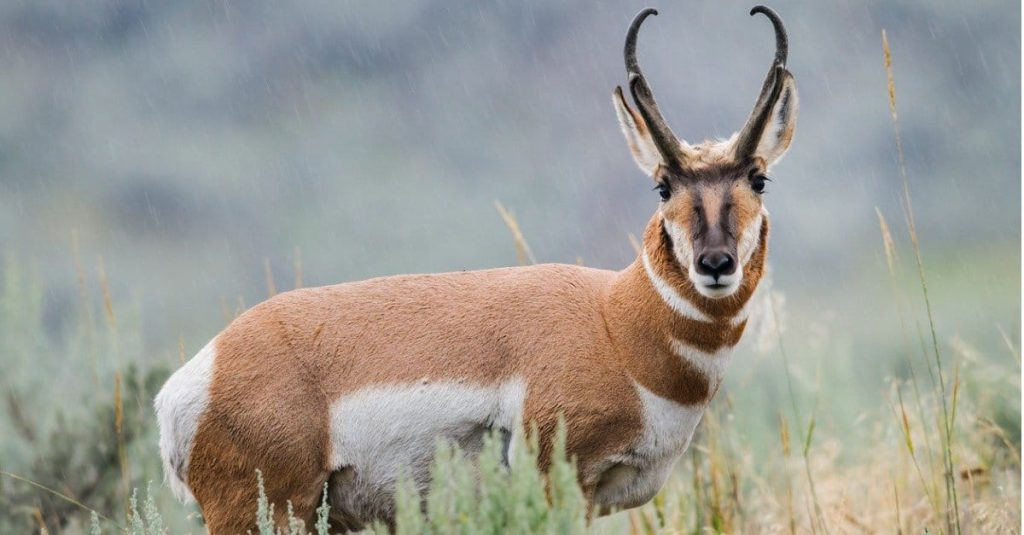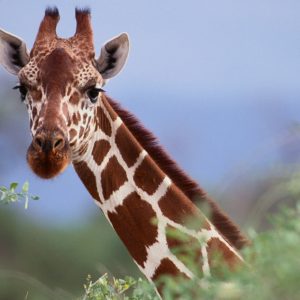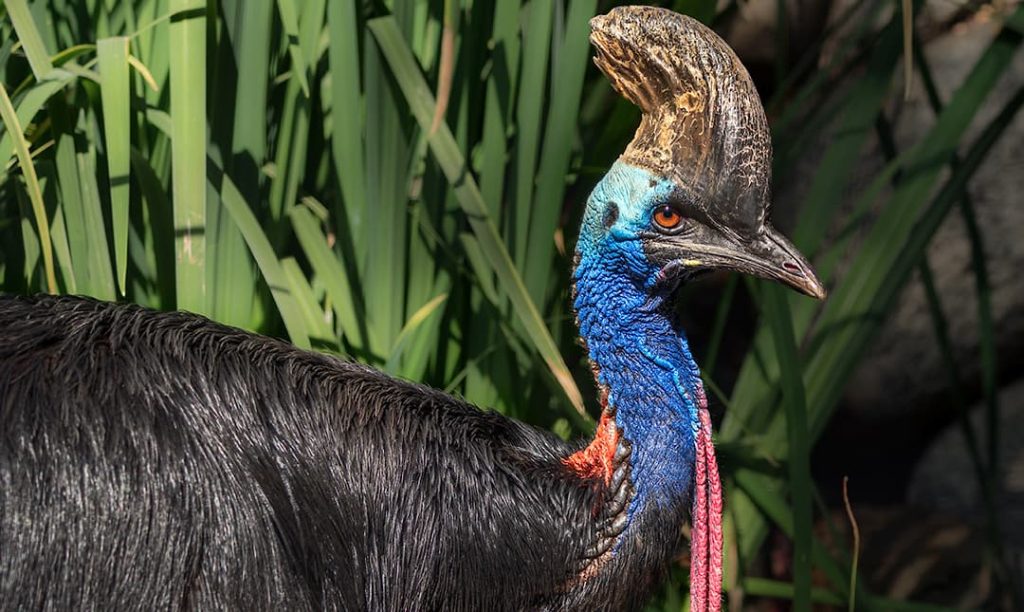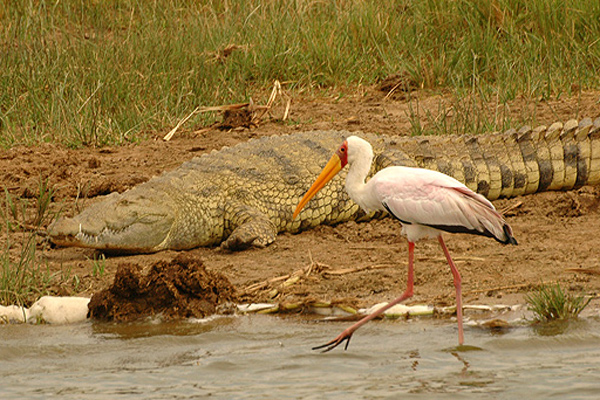This is going to be a lot longer than my usual posts, so buckle in for some science!
When I was in school I knew that some of the stuff we were taught was wrong and it was widely acknowledged that the taxonomy I was taught in biology class was made up. (for those non-science types, “taxonomy is the practice and science of categorization or classification.”) We all learned Kingdom, Phylum, Class, Order, Family, Genus, Species by heart but in college I was explicitly told that the whole system was a valiant attempt to impose order on a chaotic system. Those clades existed just to make it easier for humans to understand.
One of my biology professors told me how he had to learn how to identify all the North American bear species on sight. I think he said there were nine at the time. I think when I was in college there were 4, and now there are only 3: black, brown, and polar. (Grizzlies have been folded into brown bears). All brown bears from Alaska to Africa to Turkey to Japan are now considered part of the same species: Ursus arctos.
Scientists are always searching for ways to get closer and closer to “The Truth.” Back in the late ’90s, when I was in college, a new way of classifying organisms was coming to the forefront: phylogenetics. By studying the DNA of organisms, we could unlock their relationships and more accurately map out the Tree of Life. Like all the greatest scientific advancements, it simultaneously made the field more confusing and more fascinating. Look up the taxonomy of any animal species on Wikipedia and you will now find a jumble of infraorders and subfamilies. The old way of looking at things is becoming more and more obsolete. Hopefully someone smarter than me will find a better way to keep all this stuff straight.
I’d like to bring up a few of my favorite examples of how phylogenetics has unlocked fascinating relationships that were not known when I was in college: The pronghorn, afrotheria, and archosaurs.
The North American pronghorn “antelope,” you know, the one from the cowboy song. What the heck is it?

Lewis and Clark called it a goat. It isn’t really like an antelope because the horns are branched with a bony center. The horns don’t fall off like antlers. Guess what, DNA studies have shown its closest living relative is the giraffe!

Elephant shrews are a group of small mammals native to Africa. Early biologists thought they were shrews but had cute little trunks that reminded them of elephants.

Phylogenetic studies showed that this critter is much more closely related to elephants than true shrews! (The aardvark is even more closely related). But that little guy has a trunk! Looking at the DNA completely upended the taxonomy of several clades and resulted in the superorder Afrotheria. Afrotheria was first proposed in 1998, so too early to make it into my textbooks. This group includes aardvarks, elephant shrews, hyraxes, elephants, and manatees, among others.
A couple weeks ago, the kid and I were watching the excellent Prehistoric Planet, which combines an update on our knowledge of the dinosaurs and state-of-the-art special effects. As it became more definitively proven over the past couple decades that birds are dinosaurs, it’s really changed how I look at birds.

This inspired me to do some reading on bird/dinosaur taxonomy and I learned about the clade Archosauria. It is made up of crocodilians and birds (and extinct stuff like dinosaurs). Crocodiles are more closely related to birds than lizards, making the class Reptilia arguably obsolete. Birds should probably be considered reptiles, I think. I’m sure there are people paid to argue about this stuff.
I LOVE the picture on Archosaur’s Wikipedia page:

What a great example of 2 extremely divergent archosaurs! 2 surviving descendants of the group that became dinosaurs.
Anyway, I hope this was entertaining enough for you to stick through to the end. I find the relationships of the wildly diverse animals of Earth endlessly entertaining.
